How Ticino architecture fused tradition with modernism
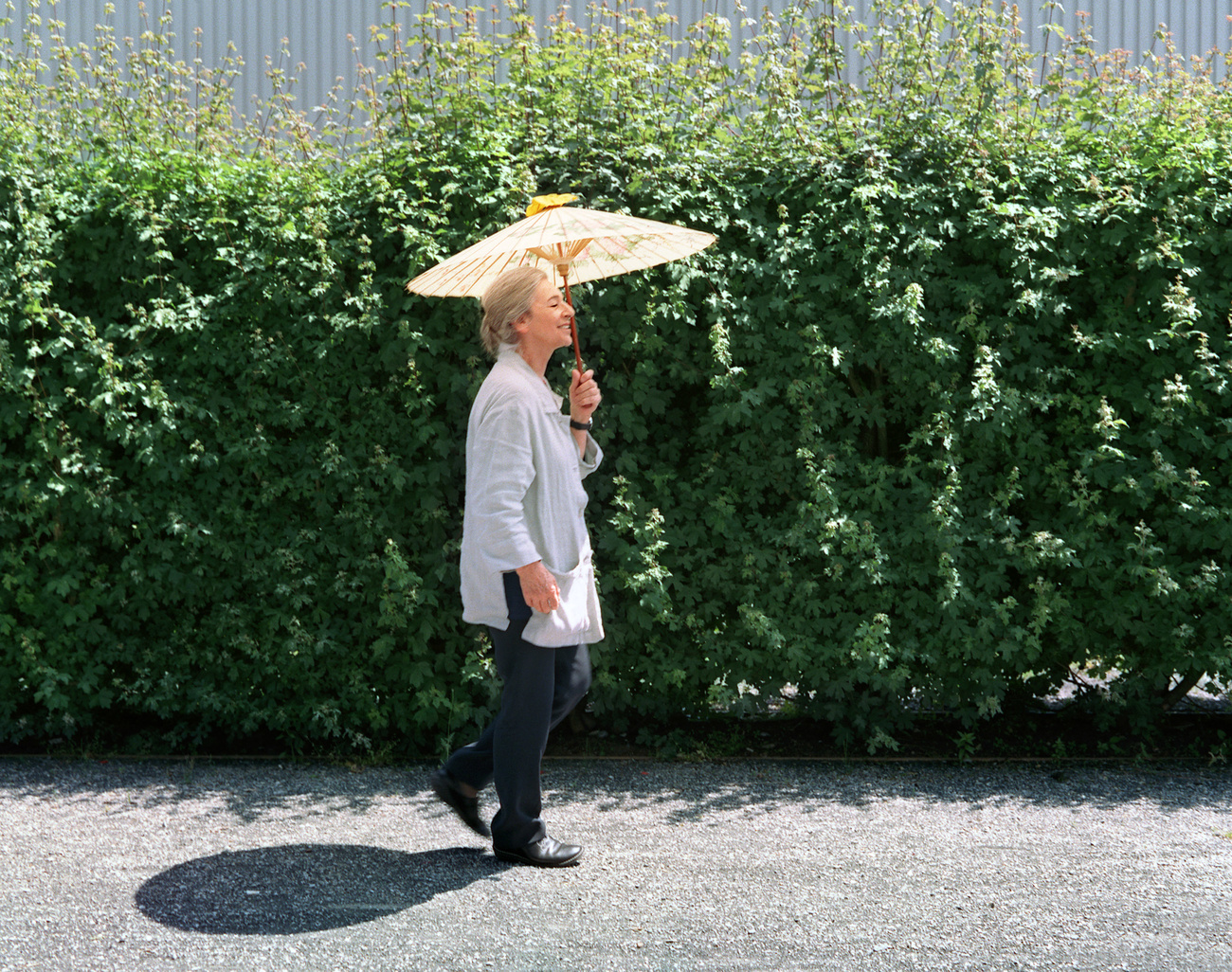
The architectural scene of southern Switzerland rose to international prominence in the 1970s. Like the careers of Luigi Snozzi, Mario Botta, Aurelio Galfetti and Livio Vacchini, Flora Ruchat-Roncati’s also began in Ticino.
For many people, architecture is still thought to be an enduring male domain. This was certainly true back in 1985, when the first woman to receive a professorship at the prestigious federal technology institute ETH Zurich was an architect: Flora Ruchat-Roncati.
By then, Ruchat-Roncati, who died in 2012, had worked on residential architecture in Rome and created several buildings.
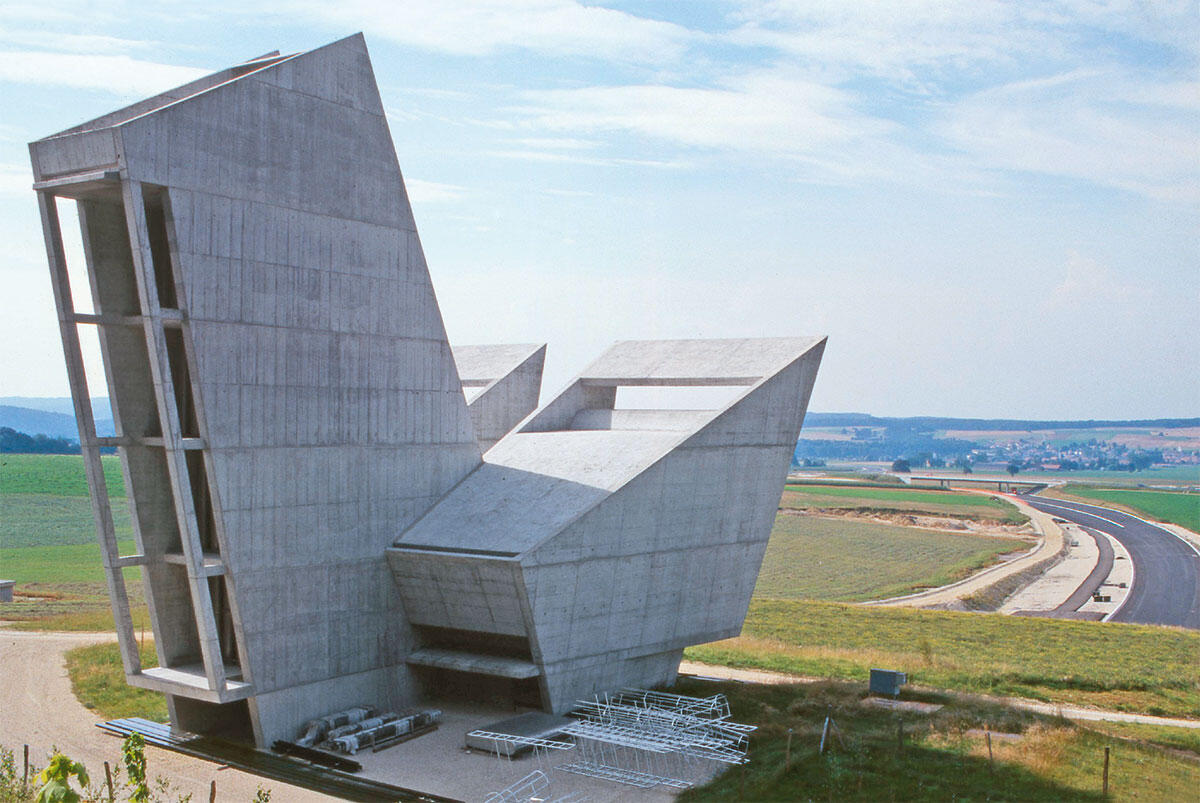
Many of these were the product of various cooperative endeavours and working groups with other professionals, most of them men. For many, her main achievement is the public swimming pool in the southern Swiss town of Bellinzona. The Bagno di Bellinzona was completed in 1970 and designed together with Aurelio Galfetti and Ivo Trümpy. Others point to her tunnel entrances, developed in the 1990s with Renato Salvi, which rise out of the landscape like giant sculptures.
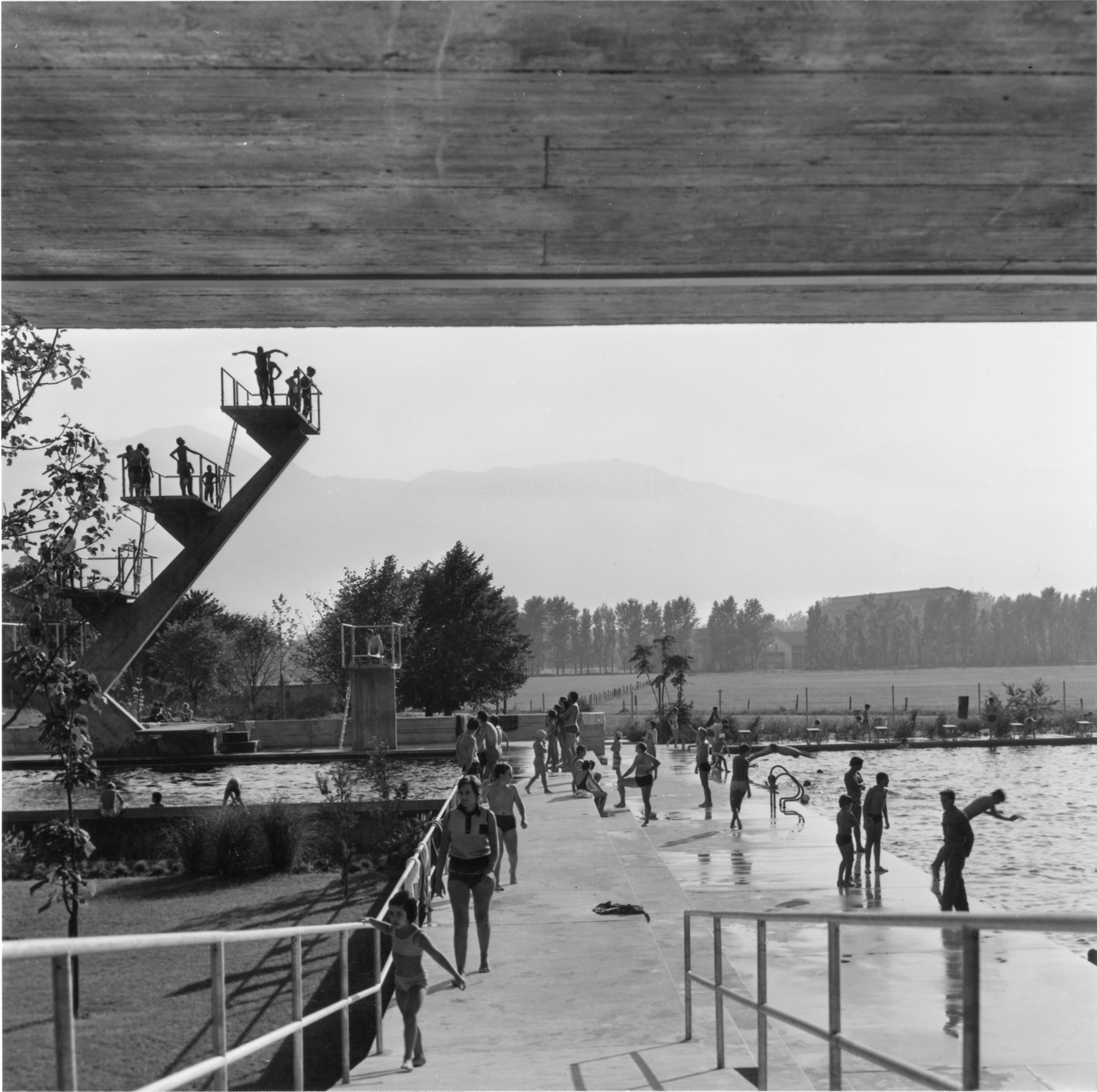
Still others consider the highpoint of Ruchat-Roncati’s work to be her early buildings, for instance the kindergarten and school in Riva San Vitale in canton Ticino. This was also where she established a home – a derelict farmhouse that she restored – for herself, her family, and the artists, architects and writers she called friends. It is also the place where, in 1971, she set up her office.
Then there is the small boathouse in Brusino on Lake Lugano that, as a young architect, she built for her parents. Charmingly elegant and yet simple, the building can certainly be said to rival Le Corbusier’s house for his mother on Lake Geneva. Despite this equivalence, Ruchat-Roncati’s boathouse long failed to attract the same level of attention, a deficit made up for recently by the publication of the book Una casa sul lago (A house by the lake) by Nicola Navone and Anna Ruchat.
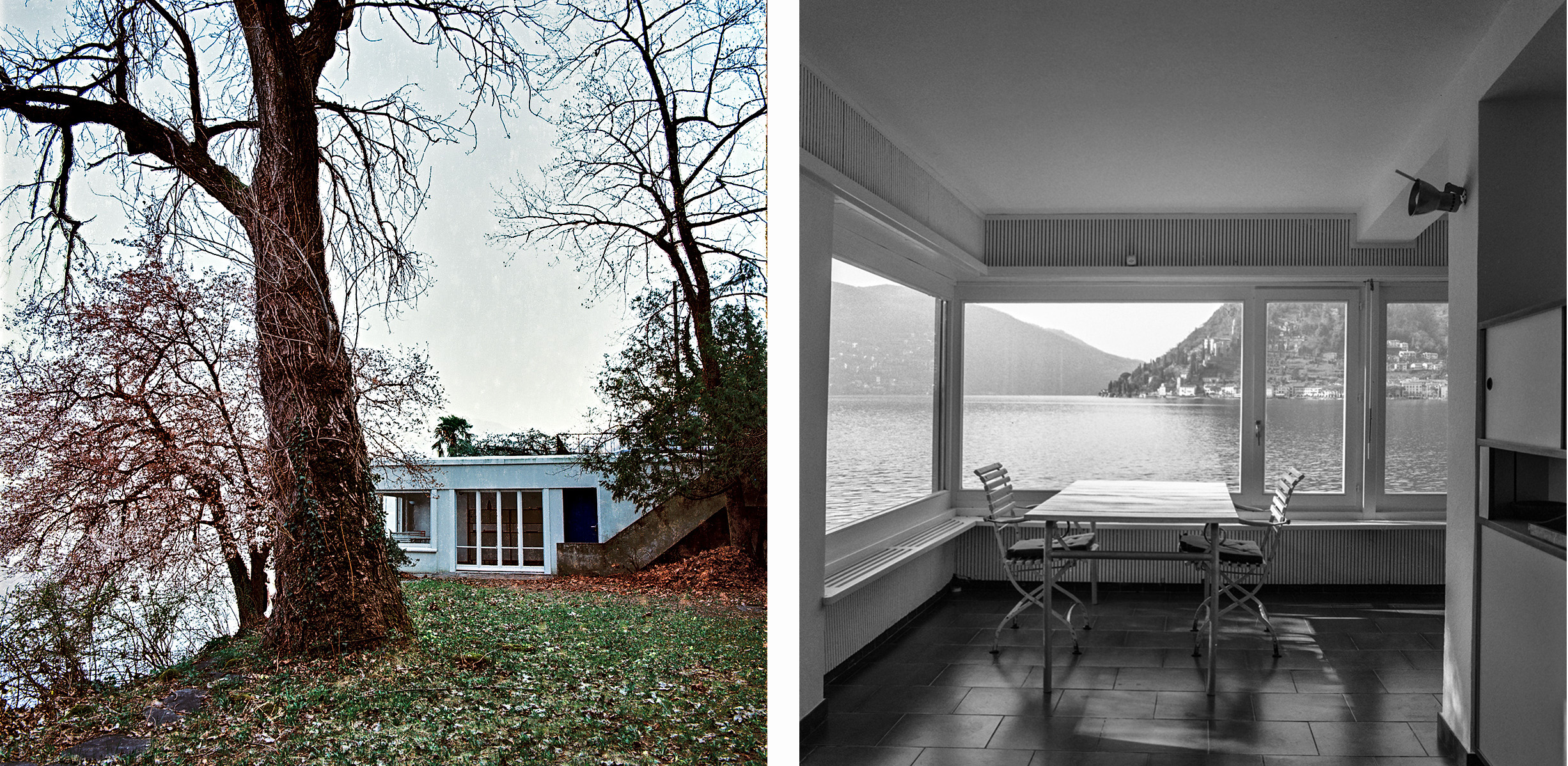
Ruchat-Roncati’s lifetime achievement was also recently examined in a research project supported by the Swiss National Science FoundationExternal link, which will appear as a book in 2024.
Her appointment to a full professorship was not only a great step forward for ETH Zurich but also a career leap for herself. She felt closely allied to the institution: she had completed her studies there, and taught there for many years as a visiting lecturer. Her first husband – the engineer André Ruchat, who died in an accident shortly after the birth of their daughter – had moved to Zurich with her for his own studies.
Between landscape and modernism
But not everyone reacted favourably to her appointment. Amongst other complaints, the men in Ticino resented the fact that a woman had beat them to the coveted post. And, ultimately, she was only one of many architects who had made Bellinzona and numerous other smaller Ticino municipalities famous in the 1970s for the region’s unconventional yet corporeal architecture.
Rooted in regional traditions and simultaneously in modernism, the Ticino architects managed to unite these apparent contradictions through a strong affinity to the landscape. Uncompromising yet sensitive, they embedded buildings into their surroundings. And, to the surprise of architectural critics, the designers assertively presented their ideas to the outside world. Until then, the Ticino architectural environment had been a parochial affair; now it was taking the world by storm.
In 1975 the Swiss architectural theorist Martin Steinmann pulled together the thriving architectural scene south of the Swiss Alps as the “Ticino School” for an exhibition project, making history in the process. The figures involved came from different stylistic backgrounds (some of them stubbornly so) and cooperation between them was usually short-lived. Although what could be called a common style had failed to emerge, the distinctively formulated idea of a “Ticino School” would remain ingrained in cultural memory for decades afterwards.
In 1996 Ticinese architecture got a new boost with the founding of the Academy of Architecture in Mendrisio. Before then, students from Italian-speaking Switzerland had had to enrol in universities in Milan, Lausanne, Geneva or Zurich, and complete their courses in a second language.
The Academy of Architecture was founded by the younger Mario Botta, who recently celebrated his 80th birthday. By then already famous for his buildings worldwide – from the Cappella Santa Maria degli Angeli on the Monte Ceneri to the Museum of Modern Art in San Francisco – Botta added to his renown with the the founding of the academy. The list of teaching staff has included many internationally famous architects, among them the British architectural theorist Kenneth Frampton. It was Frampton who bundled the Ticino oeuvre together under the term “critical regionalism”, and in the process gave it – for a second time after Steinmann’s “Ticino School” – renewed theoretical underpinnings and reputation.
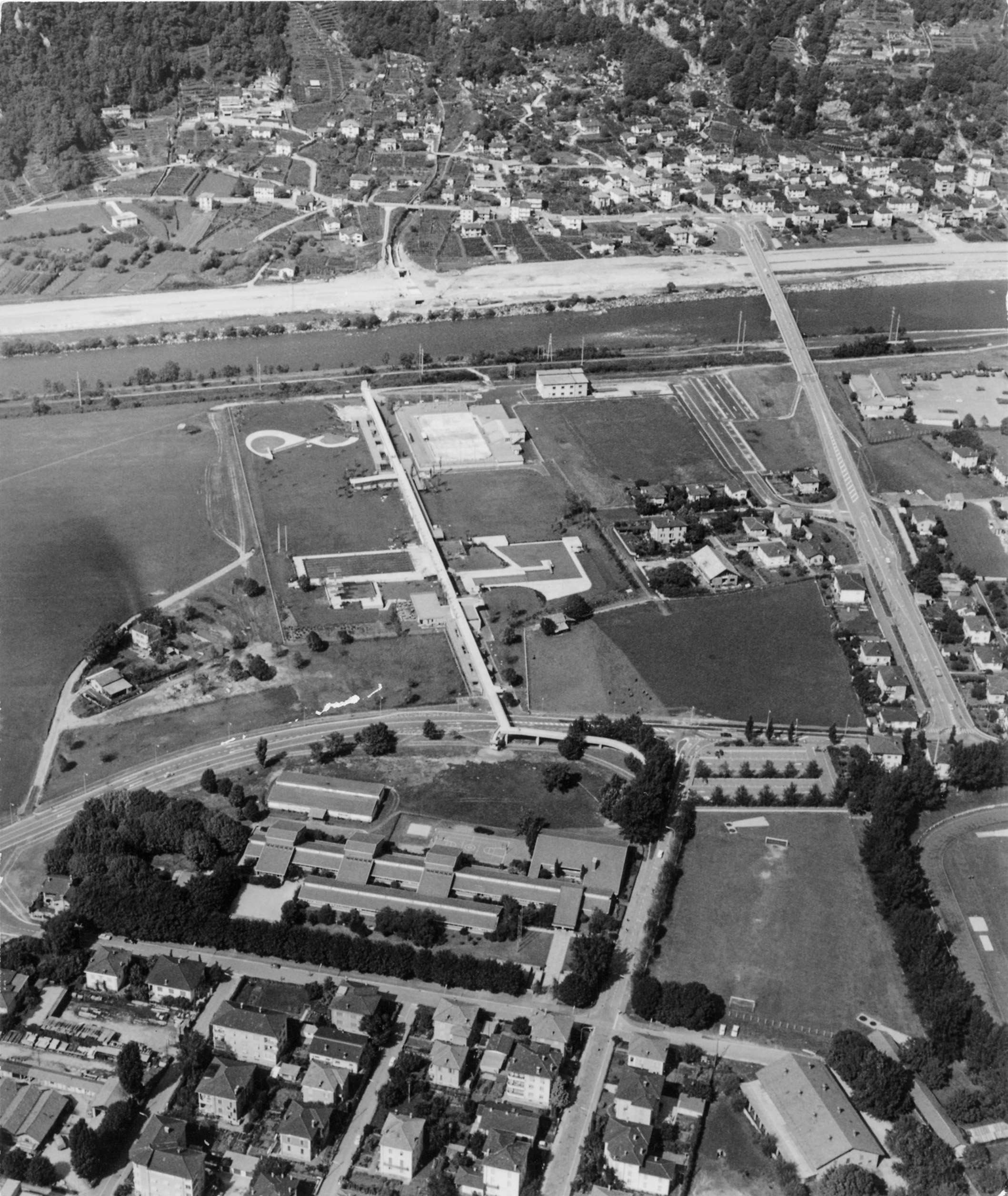
The Bagno di Bellinzona
The first director of studies at the academy was Galfetti, who as a young architect together with Ruchat-Roncati and Trümpy, had won the competition for the swimming pool complex in Bellinzona 20 years earlier, in 1967. Known locally as the “Bagno”, the project is widely seen as the start of the so-called “Ticino School”. Strictly speaking, it is not in fact a building, but a long strip stretching along the valley floor of the River Ticino from the edge of Bellinzona. The built part forms a landscape of walkways, connections, relaxation areas and water pools. Hardly an object, it is more of a gesture, an invitation, and a junction.
Inspiration and recreational attraction
At the rear slope of the Bagno di Bellinzona, the landscape rises up towards the Alps. There, right next to the town of Bellinzona, in the village of Monte Carasso, is a second key example of modern Ticino architecture and of how its practitioners transcended the contradictions between traditional and modern architecture.
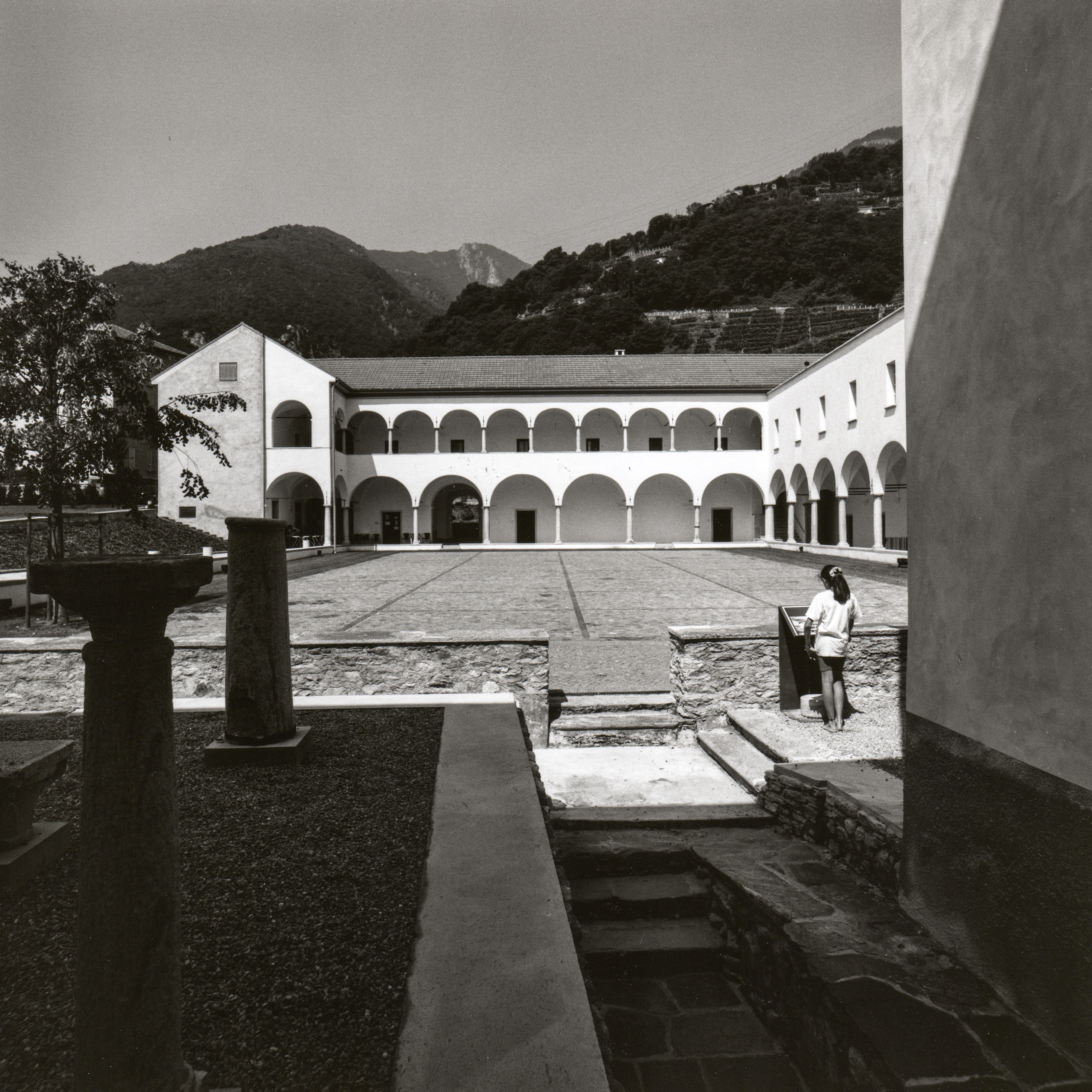
The village is home to a 15th-century Augustinian monastery that the architect Luigi Snozzi converted, step-by-step, into a primary school in such a way that the raw concrete of the additions and the old masonry of the monastery and the church fuse to form a harmonious whole. It was also largely thanks to Snozzi’s planning and buildings that in 1993 Monte Carasso received the Wakkerpreis, the most prestigious Swiss heritage award for settlement developmentExternal link.
This was 30 years ago now, and even then the jury praised the careful consolidation of the architecture within the existing historical substance with new buildings that met modern needs. This process of densification is still in progress, and in 2009 the famous Augustinian school complex was expanded further, still by Snozzi himself, with a new wing running parallel to the wall of the church, a cavity above the archaeological remains.
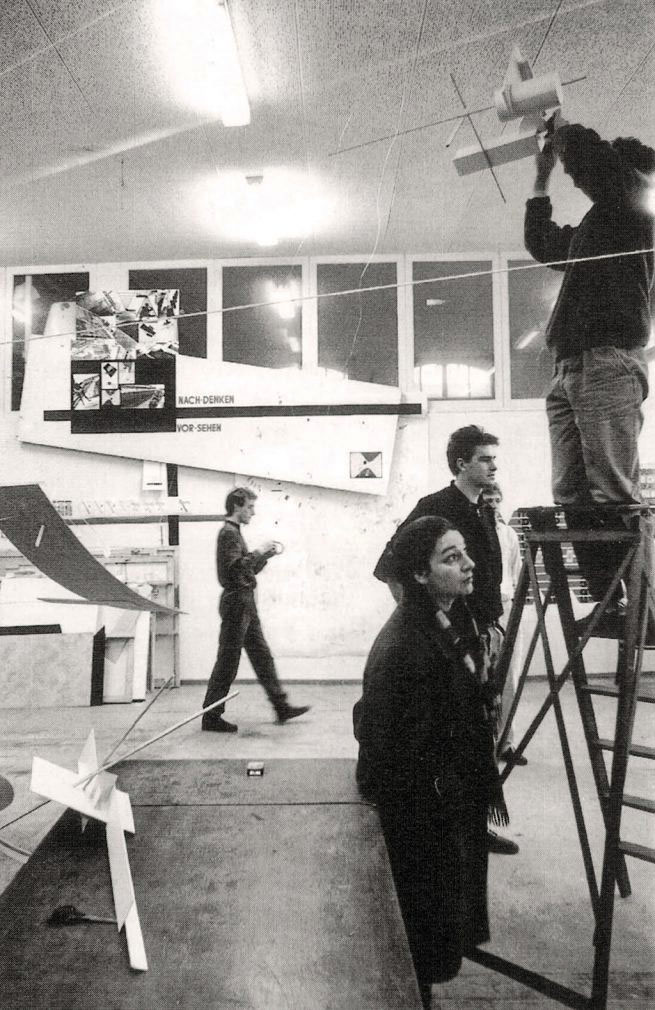
Ticino architecture has lots to offer by way of stimulation and is well worth a visit. There are a multitude of buildings inspired by their contexts by personalities such as Snozzi and Ruchat-Roncati (who once also inspired the author of this text as a professor, architect and mentorExternal link). Then there are the rationalist, sometimes more rigid forms of designers such as Livio Vacchini or Botta, to name just a couple of the many characters from this highly creative generation of architects.
Very few of this first generation of architects who were once united under the description “Ticino School” are still alive today to give their testimonies. In the meantime a further two generations of younger architects from south of the Swiss Alps have expanded the field and made it more diverse. These practitioners are well aware of the remarkable figures from the past. Now that Ticino has its own architecture school, numerous famous works and admirers from across the globe, the canton’s architecture no longer needs its own denomination.
“There are simply too many of us”, says one young Ticino architect. Her profession can no longer be summarised so simply.
Translated from German by Thomas Skelton-Robinson/gw
Sabine von Fischer is an architect and architectural critic. A selection of her articles for daily newspapers appeared in October 2023, published by Birkhäuser with the title Architektur kann mehr: Von Gemeinschaft fördern bis Klimawandel entschleunigenExternal link (Architecture Can Do More: From Promoting Community to Slowing Climate Change).

In compliance with the JTI standards
More: SWI swissinfo.ch certified by the Journalism Trust Initiative
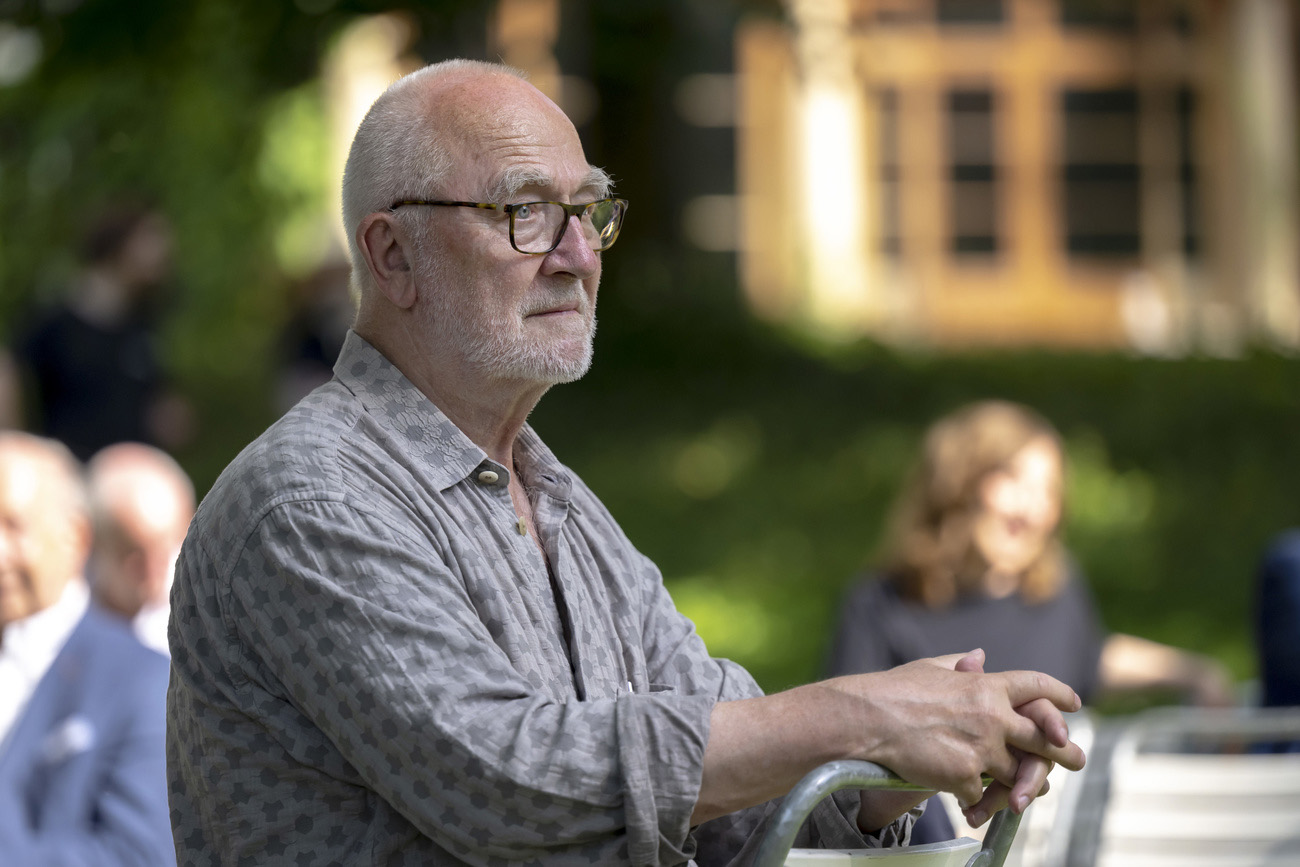
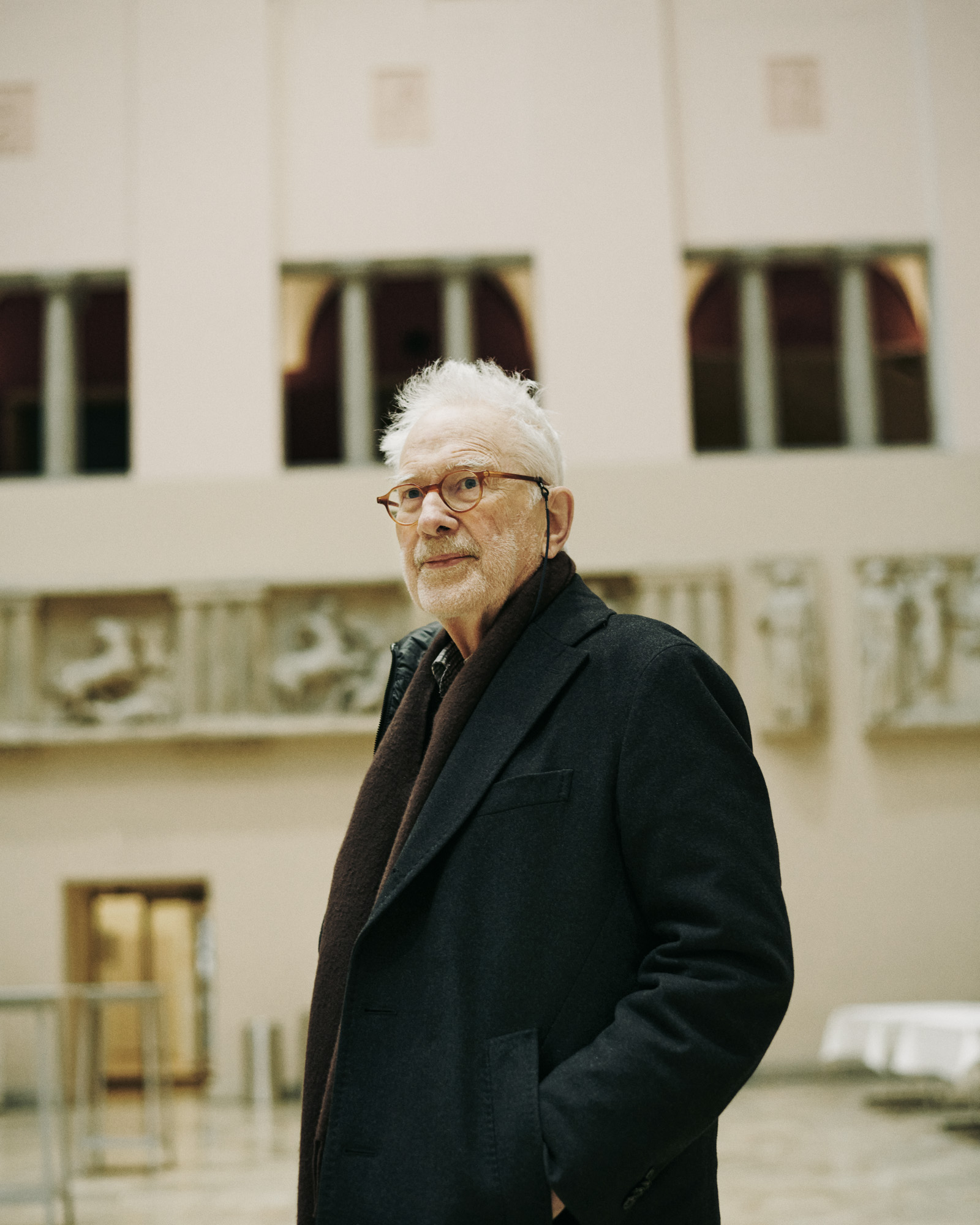
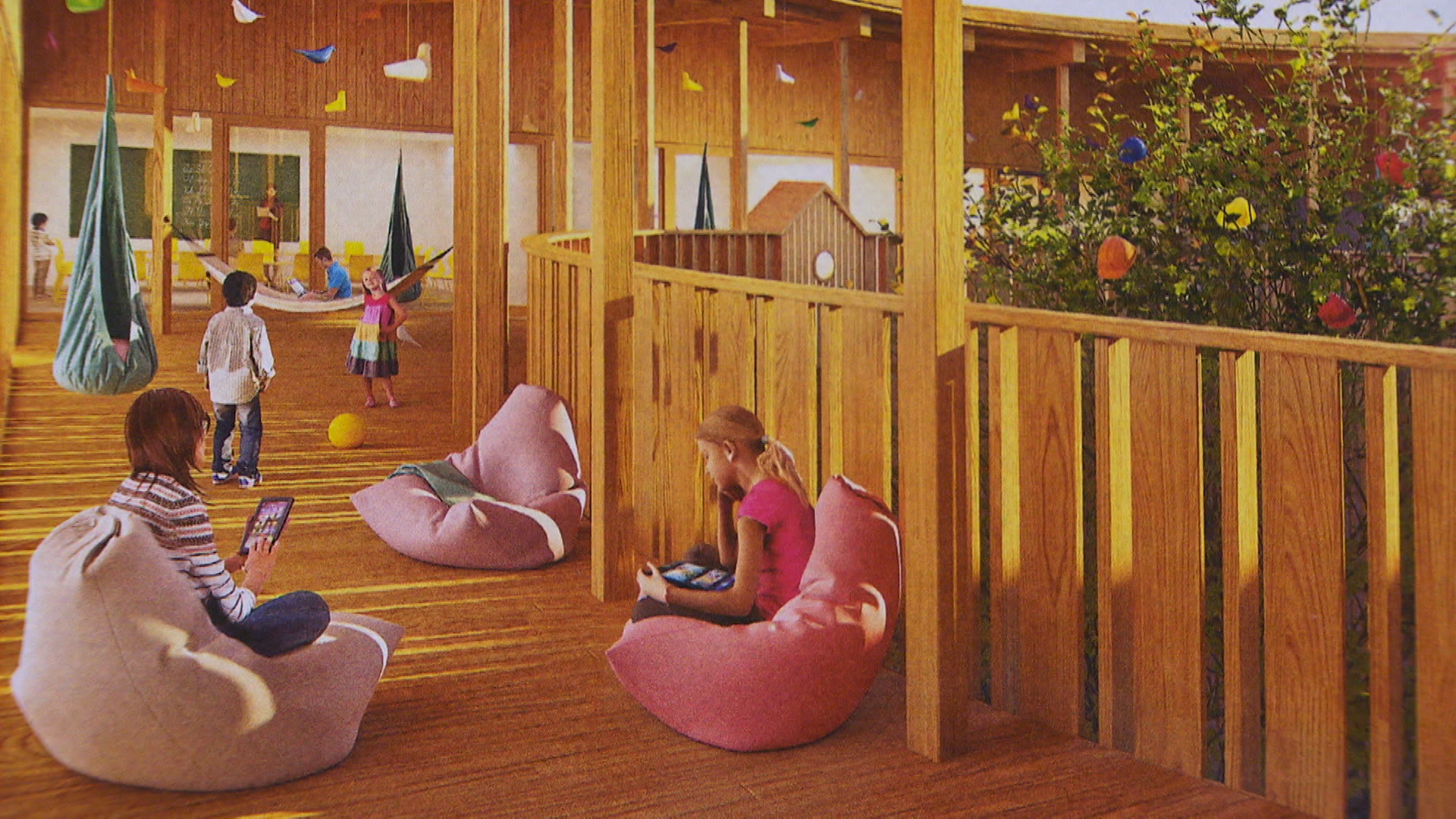
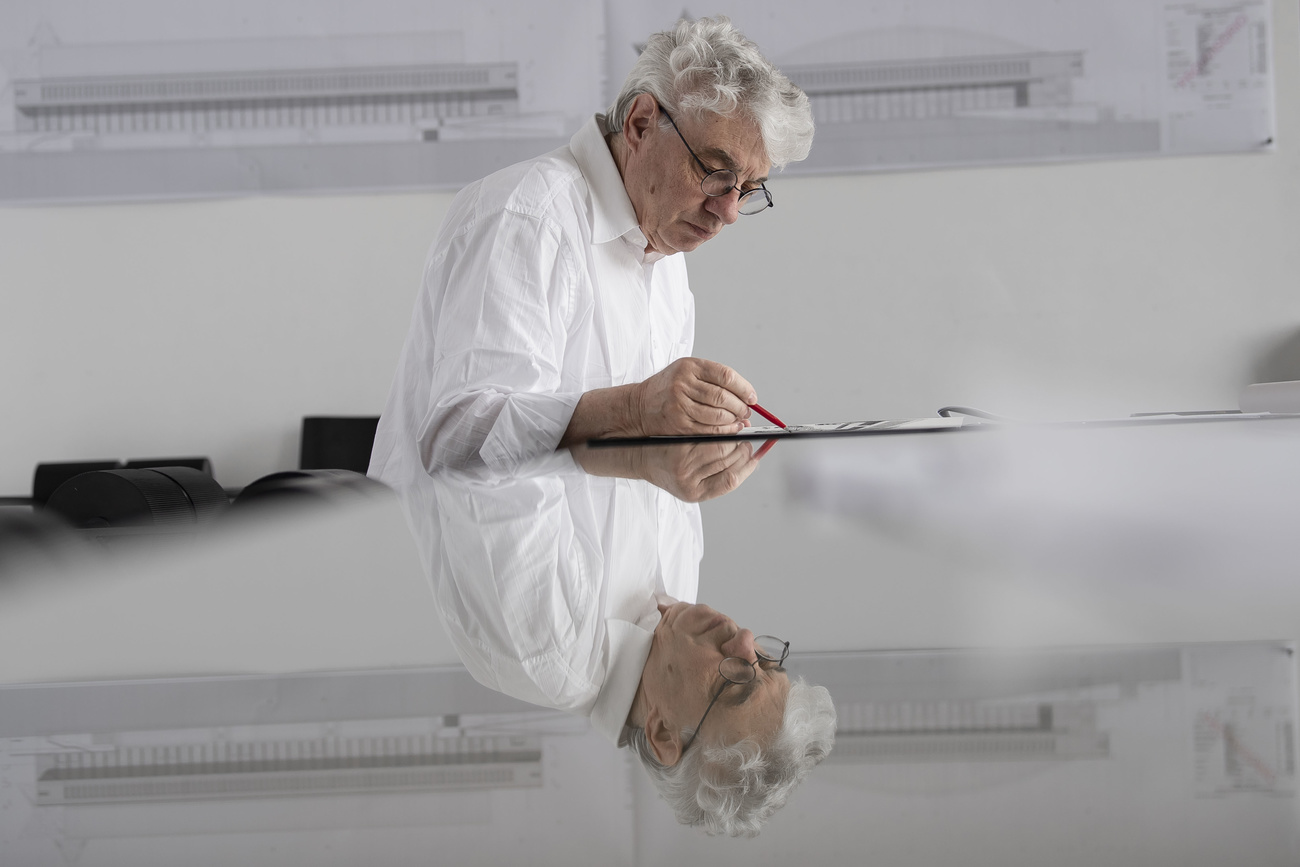
You can find an overview of ongoing debates with our journalists here . Please join us!
If you want to start a conversation about a topic raised in this article or want to report factual errors, email us at english@swissinfo.ch.